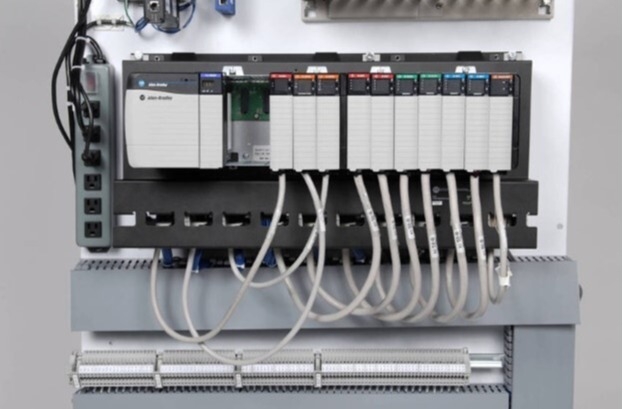PLC (Programmable Logic Controller)
In the most basic terms, a programmable logic controller (PLC) is an industrial computer that controls automation machines or process control systems. It has a robust construction and unique functional features such as sequential control, ease of programming, timers and counters, easy-to-use hardware and reliable controlling capabilities. It is designed to withstand harsh industrial environments such as extreme temperatures, vibrations, humidity, and electrical noise. The PLC controller can control and monitor a very large number of sensors, actuators and extensive I/O (input/output) arrangements.
How PLC (Programmable Logic Controllers) work
Each PLC system has three modules namely: CPU, power supply module and one or more input/output (I/O) modules.
- CPU Module (Controller)
This module is comprised of a central processor and its memory component. This processor performs all the needed data computations and processing by receiving inputs and producing corresponding outputs. - Power Supply Module
It receives AC or DC input and supplies 5V DC to the backplane of the chassis for use by the controller and all I/O modules within the PLC chassis. This is essentially the module responsible for powering up the system. - I/O Modules
The input/output modules are responsible for connecting sensors and actuators to the PLC system to sense the different parameters such as pressure, temperature, and flow. The I/O modules can be digital or analogue.
